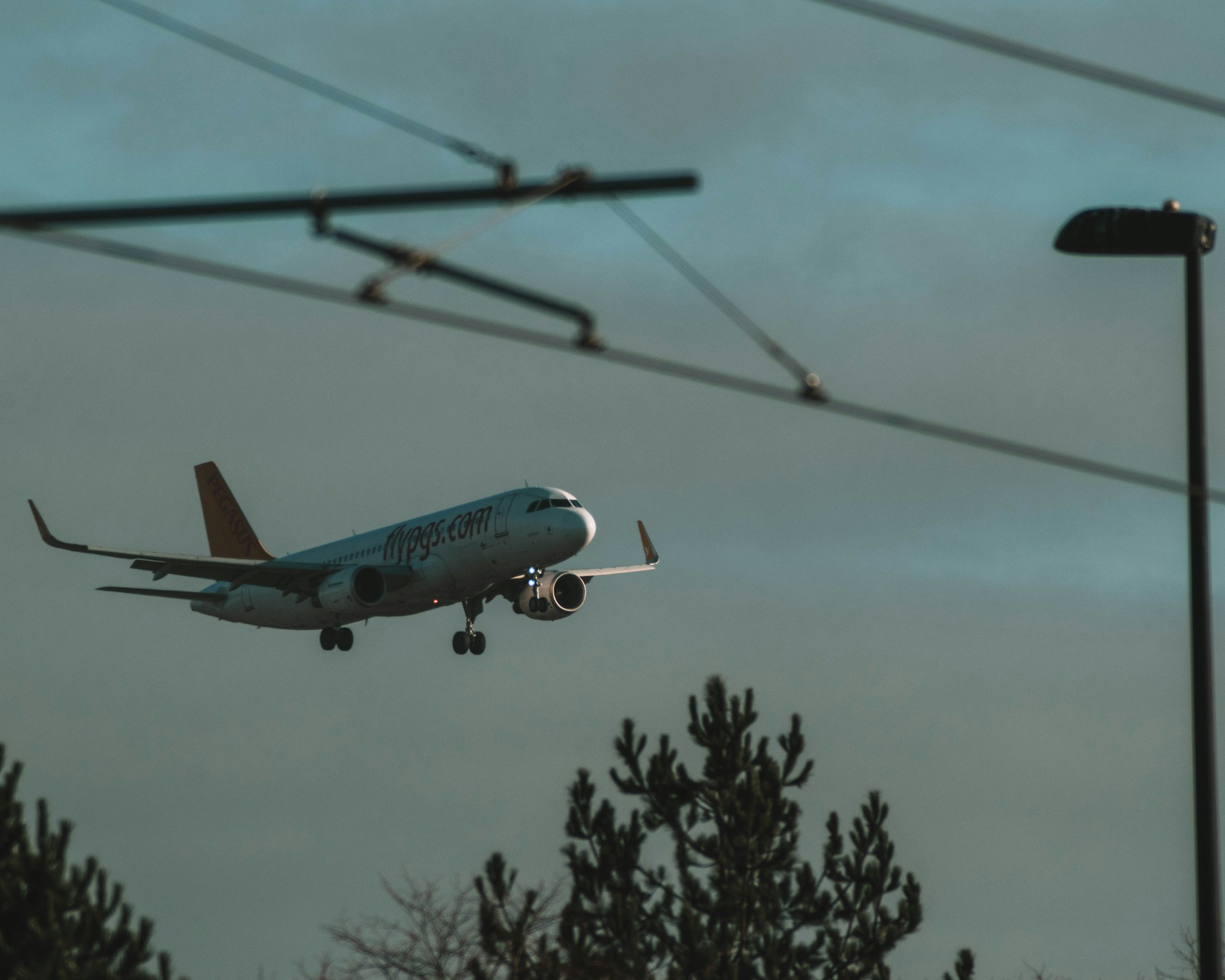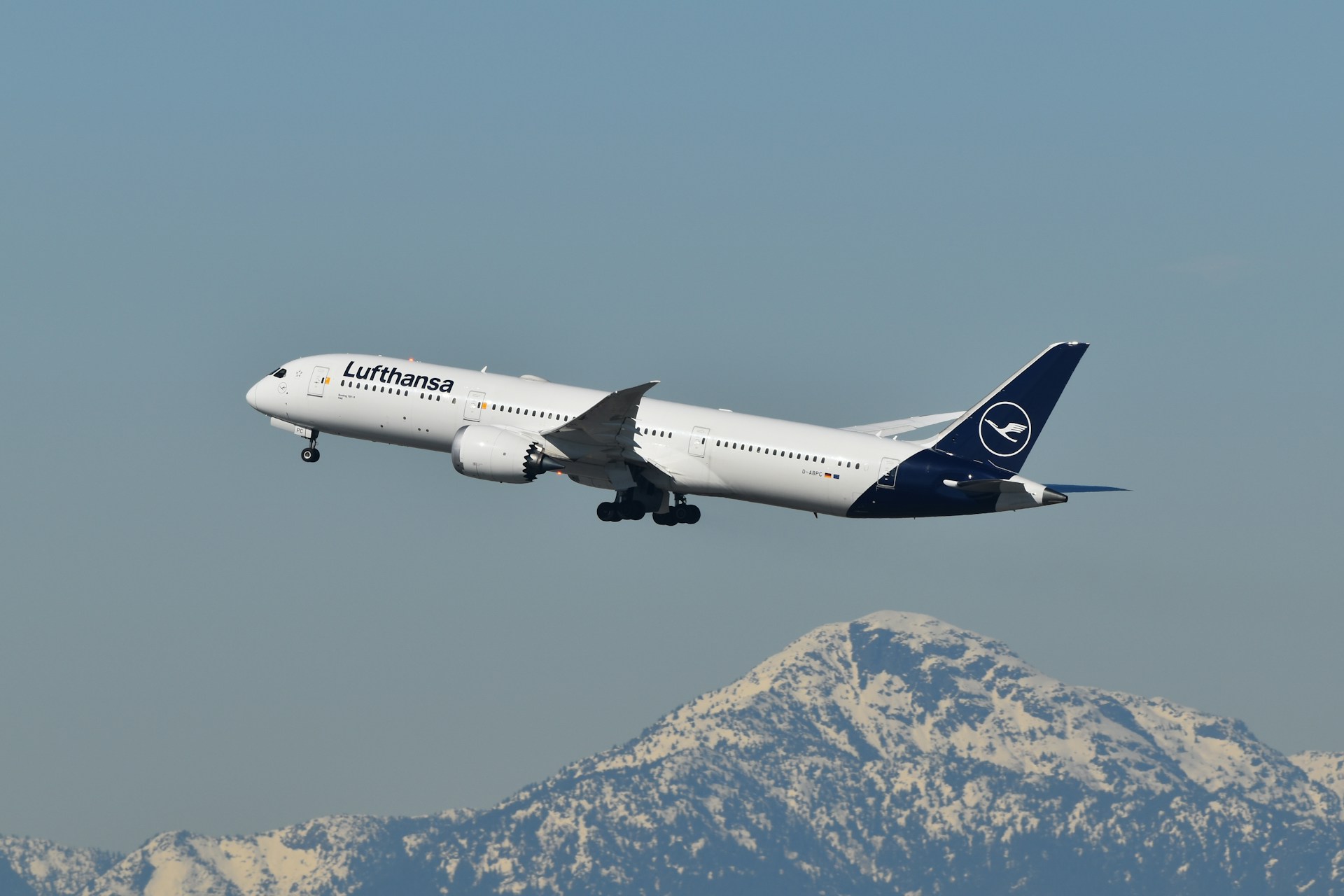Key Takeaways
- Reports of toxic fumes and “fume events” on commercial airliners are rising, driven by increased reporting and persistent bleed-air contamination risks.
- Incidents most often involve oil or hydraulic fluid entering the bleed-air system on aircraft such as the Airbus A320 family and Boeing 737.
- Regulators and airlines are considering mandates for real-time cabin air quality sensors, with unions pushing for stronger monitoring and medical protocols.
- Boeing 787’s no-bleed design reduces certain contamination pathways, providing a model some advocates want expanded across future fleets.
- Airlines are updating maintenance practices and inspections on APUs and seals to reduce odor incidents, particularly on busy domestic routes.
- Clear reporting procedures, faster incident triage, and transparent data sharing are becoming central to aviation’s cabin air quality strategy.
Why Reports of Toxic Fumes Are Climbing
Cabin air quality has become one of aviation’s most pressing safety discussions as reports of “toxic fumes” or odor events on commercial flights rise. Safety databases, crew union surveys, and regulator logs all show a trend upward. The drivers are multifaceted: increased awareness and reporting, higher post-pandemic fleet utilization, and aging aircraft components that can allow trace contaminants into bleed air.
The most recognizable sign is a sudden odor—often described as “dirty socks” or acrid fumes—sometimes accompanied by haze, eye or throat irritation, headaches, or dizziness. While most events are brief, they highlight a persistent vulnerability in modern cabin systems.
Where the Risk Arises: The Bleed-Air System
On most commercial aircraft—including the Airbus A320 family and Boeing 737 series—cabin air is supplied by compressed “bleed air” tapped from engines or the auxiliary power unit (APU). If oil seals or bearings degrade, trace amounts of oil or hydraulic fluid can aerosolize and enter the cabin. Ground deicing fluids or contaminants may also infiltrate the system.
HEPA filters excel at removing particulates and pathogens but cannot block gaseous contaminants introduced before the filter stage. As a result, odor events are most likely during engine start, pushback, or descent—periods when pressure and temperature changes stress seals and ducts.
Not All Jets Are the Same: The Boeing 787 Example
The Boeing 787 Dreamliner is unique in that it uses an electric, no-bleed architecture. This design eliminates one major pathway for engine oil contamination to reach the cabin. While not a cure-all—odors can still originate from galley equipment or materials—it points to a design evolution many safety advocates would like to see expanded across future fleets. For older aircraft, however, solutions hinge on proactive maintenance, inspections, and upgraded components rather than wholesale architectural changes.
Airline Playbook: Maintenance, Monitoring, and Response
Airlines are responding with more proactive maintenance practices, such as early replacement of oil seals and closer inspection of APUs. When odor events occur, carriers are emphasizing rapid incident documentation and follow-up troubleshooting. Some airlines are also trialing real-time cabin air quality sensors capable of detecting volatile organic compounds and ultrafine particles—providing objective data beyond subjective smell reports.
Cabin crews are now trained to respond swiftly, using smoke goggles if needed, logging symptoms among passengers or staff, and ensuring medical evaluation after landing when appropriate. Tracking incidents across specific tail numbers is becoming a standard practice, helping maintenance teams spot trends that may indicate hidden component wear.
Regulatory Outlook and Industry Standards
Both the FAA and EASA are gathering data and issuing guidance, while unions are lobbying for mandatory air quality sensors, standardized medical protocols, and clearer definitions of what constitutes a reportable “fume event.” Regulators could eventually require baseline sensor specifications, reporting timelines, and automatic maintenance triggers after confirmed events.
Lessors and insurers are also watching closely. Reliable, sensor-based incident records reduce uncertainty, improve fleet oversight, and help target corrective actions faster, potentially minimizing costly aircraft-on-ground time.
What Travelers and Crews Should Know
For passengers, most odor events are short-lived and rarely escalate into visible smoke. If you detect unusual odors, the best step is to notify cabin crew promptly. For crews, the priority is quick communication with the cockpit, accurate documentation, and immediate access to post-flight medical pathways if symptoms appear.
Over the coming years, expect to see more aircraft equipped with continuous air quality monitoring, upgraded components on high-volume fleets like the A320 and 737, and greater transparency from regulators and airlines. The industry’s goal is to shift from reactive fixes to proactive detection and prevention—keeping cabin air safe and confidence high.
FAQs
What is a “fume event” on an airplane?
A fume event occurs when unusual odors, smoke-like haze, or suspected contaminants are detected in cabin or cockpit air. These are often linked to bleed-air contamination from engines or APUs, though other sources such as deicing fluids can also contribute.
Which aircraft types are most affected by fume event reports?
Most reports involve high-volume bleed-air aircraft like the Airbus A320 family and Boeing 737, which dominate global fleets. The Boeing 787’s no-bleed system reduces one contamination pathway but does not eliminate all odor risks.
Are toxic fumes dangerous to passengers?
Most events are brief and cause mild symptoms such as irritation or headaches, but severity can vary. Passengers experiencing persistent symptoms are advised to report them to crew and seek medical attention after landing.
Do HEPA filters remove toxic fumes in aircraft cabins?
HEPA filters capture particulates and pathogens but do not remove gaseous contaminants introduced into bleed air. Airlines are therefore testing new monitoring sensors to specifically detect volatile organic compounds.
Why do odor or fume events often occur during takeoff and landing?
Rapid changes in engine pressure and temperature during start, takeoff, and descent put stress on seals and ducts, making leaks more likely. APUs used on the ground can also be a source of fumes if components are worn.
What are regulators and airlines doing to prevent fume events?
FAA and EASA guidance encourages stricter maintenance, mandatory reporting, and improved data collection. Airlines are upgrading seals, expanding inspections, and training crews to respond and document incidents more effectively.
.zip%20-%201.PNG)



